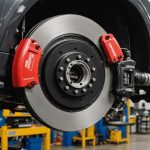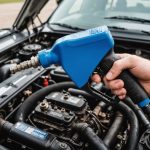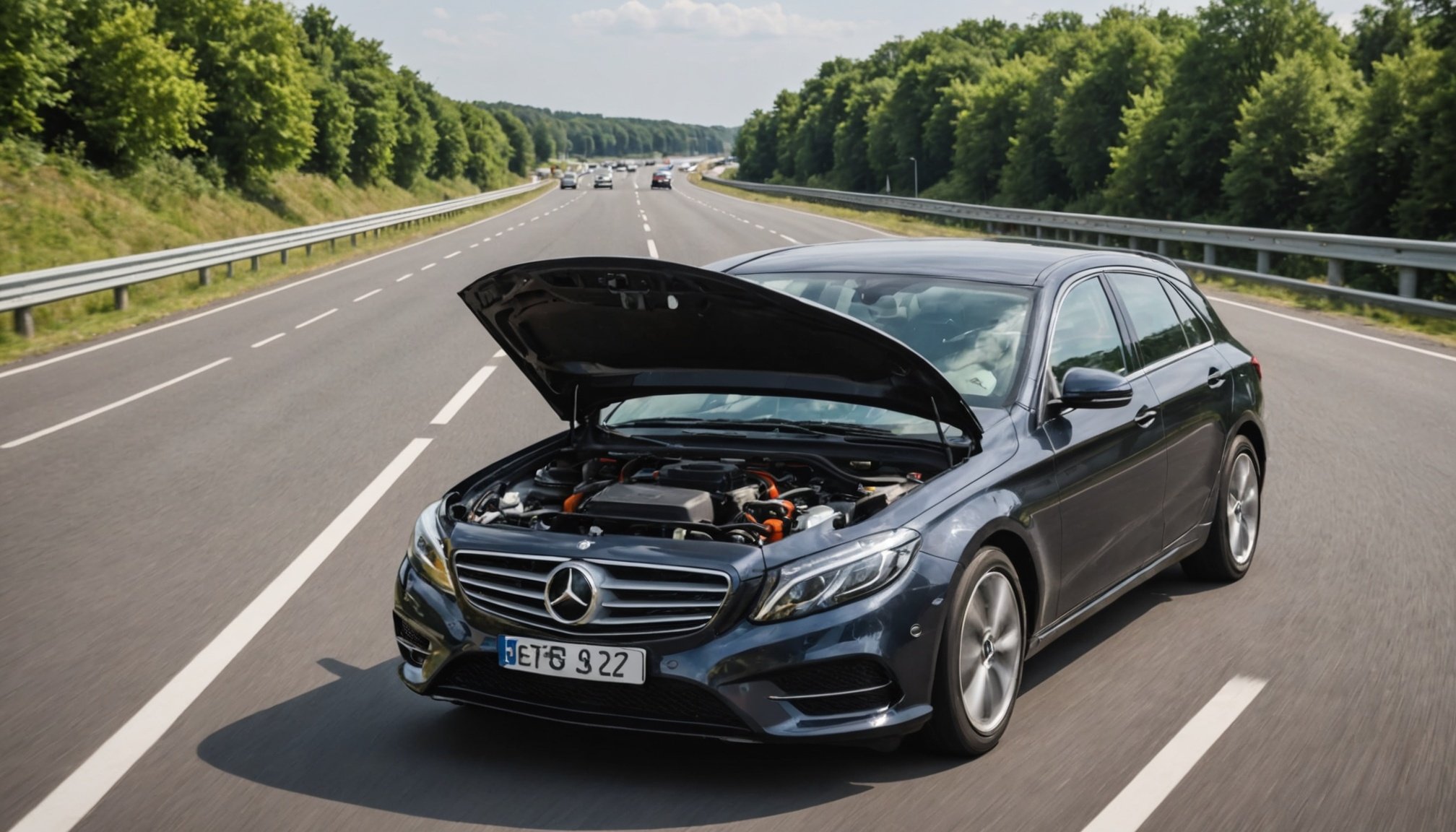Experiencing an overheating car while on the motorway can be a stressful situation. Whether you are commuting to work or embarking on a long road trip, understanding how to react when your vehicle’s engine begins to overheat is crucial. An overheated engine can lead to severe damage, leaving you stranded and facing costly repairs. This article outlines the essential steps to take if your car’s engine overheats, focusing on your coolant levels, radiator function, and overall vehicle health. Knowing what actions to take can make a significant difference in protecting your vehicle and ensuring your safety.
Understanding Your Vehicle’s Cooling System
The cooling system in your vehicle plays a fundamental role in maintaining the optimal operating temperature of the engine. It consists of several components, including the radiator, water pump, thermostat, and coolant. The coolant, typically a mixture of water and antifreeze, circulates through the engine, absorbing heat and preventing the engine from reaching excessively high temperatures. When everything is functioning correctly, the system ensures that your engine operates at a safe temperature while driving.
Additional reading : What steps can you take to ensure your vehicle meets emissions regulations?
The thermostat plays a critical role in regulating the flow of coolant. It opens and closes to maintain the appropriate engine temperature. If the engine becomes too hot, the thermostat opens, allowing coolant to flow through the radiator, where it is cooled before returning to the engine. A malfunctioning thermostat can lead to overheating, as it may get stuck in a closed position, preventing coolant from circulating.
The water pump is another vital mechanism, as it moves coolant through the engine and radiator. If the pump fails, coolant will not circulate, leading to increased engine temperature. Therefore, it is essential to regularly check your vehicle’s cooling system as part of your maintenance routine. Look for signs of leaks or corrosion around your radiator and coolant hoses. Regularly changing your coolant as recommended in your vehicle’s manual can help maintain system efficiency.
Also to read : How can you maximize your vehicle’s performance with aftermarket modifications?
Being proactive about your cooling system can help prevent overheating emergencies. Familiarize yourselves with your vehicle’s temperature gauge, typically located on the dashboard, which indicates the engine’s operating temperature. If the gauge starts to move towards the red zone, it’s essential to take immediate action to avoid potential engine damage.
Signs That Your Car Is Overheating
When driving, you may notice several signs that indicate your vehicle is experiencing overheating. It is crucial for you to recognize these signs to take prompt action before damage occurs. One of the first symptoms you might observe is the temperature gauge on your dashboard moving into the red zone. If this occurs, you should not ignore it.
Another common indicator is steam rising from under the hood. If you see steam, this suggests that the coolant is boiling, and your engine temperature is dangerously high. Additionally, you may begin to smell a burning odor, which can be a sign of overheating components, such as oil leaks or burned plastic.
If you experience a sudden loss of power while driving or notice that your car is struggling to maintain speed, this can also be a sign of overheating. Some vehicles may even trigger a warning light on the dashboard, alerting you to the problem. If your vehicle has an onboard computer system, it may provide you with diagnostic trouble codes that can help identify the issue.
It’s essential to remain alert while driving. If you notice any of the aforementioned signs, it’s critical to take immediate action. Do not wait until your engine is severely damaged. The sooner you act, the better the chances of minimizing potential repairs.
Immediate Steps to Take When Your Car Overheats
If you find yourselves in a situation where your car begins to overheat while driving on the motorway, the first thing to do is to safely pull over to the side of the road. Turn on your hazard lights to alert other drivers that you are experiencing a problem. Once you are safely parked, turn off the engine immediately. Continuing to drive an overheating vehicle can cause catastrophic engine damage.
After you turn off the engine, wait for a few minutes before opening the hood to allow the engine to cool down. It is essential to exercise caution as the engine, radiator, and coolant can be extremely hot and may cause burns. Once you feel it is safe, open the hood to allow heat to escape.
Next, check your coolant reservoir if you have access to it. If the coolant level is low, it may be the reason for the overheating. However, do not attempt to open the radiator cap while the engine is still hot, as this can lead to hot coolant spraying out and causing serious injuries. If you find the coolant is low, you can add water as a temporary measure to help cool the engine down; however, this should not be a permanent solution.
If you cannot determine the cause of the overheating or if adding water does not seem to help, it is advisable to call for roadside assistance. Driving the vehicle further could lead to severe damage. Ensure you have a professional inspect your vehicle to identify the underlying issue.
Preventive Measures for Overheating Issues
Preventing your vehicle from overheating is crucial for maintaining its performance and longevity. Regular maintenance plays a significant role in keeping the engine cool and running efficiently. Start by ensuring that your coolant levels are always topped up and that the coolant is changed according to your vehicle manufacturer’s recommendations. Old coolant can lose its efficiency, leading to potential overheating.
Inspect your radiator for any signs of leaks or damage. Look for corrosion or any signs of wear on hoses connected to the radiator. If you find any cracks or leaks, replace the damaged parts immediately to avoid coolant loss.
Additionally, pay attention to the thermostat and water pump. Regularly check for any signs of malfunction, such as unusual noises from the water pump or fluctuating temperature readings. If you notice anything unusual, it’s best to have these components checked by a professional.
Also, maintain the cleanliness of your vehicle’s air intake and radiator fins. Dirty or blocked air passages can impede airflow, reducing the radiator’s cooling efficiency. Occasionally, you should have your cooling system flushed and cleaned to remove any debris or build-up that may hinder its performance.
Lastly, consider your driving habits. If you frequently drive in stop-and-go traffic or in extreme weather conditions, your vehicle may be more prone to overheating. Understanding how to manage your driving habits can help mitigate these risks. Regularly monitoring your dashboard instruments and being aware of your vehicle’s performance will go a long way in preventing overheating issues.
In conclusion, experiencing an overheating car while driving on the motorway can be alarming. However, understanding your vehicle’s cooling system, recognizing the signs of overheating, and knowing the immediate steps to take can help prevent severe damage to your engine. Regular maintenance is critical for ensuring your vehicle runs smoothly and efficiently. By following preventive measures and keeping an eye on your vehicle’s health, you can significantly reduce the risk of overheating incidents. Always remember that safety comes first; if you find yourself in a precarious situation, do not hesitate to seek professional help.











